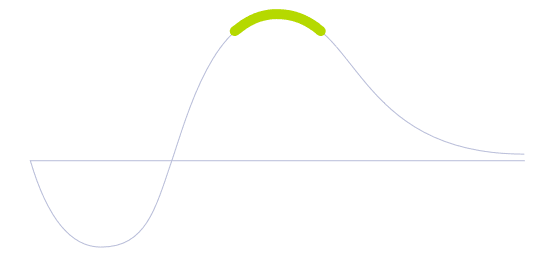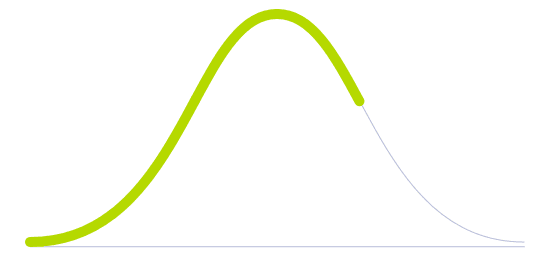Industrial Automation Software

Technology Life Cycle
Sales growth slows as the market becomes saturated. The technology is well-established and competition peaks, leading to price drops and marginal improvements.

Technology Readiness Level (TRL)
Technology is operative and demonstrates considerable market competition among manufacturing industries.

Technology Diffusion
Skeptical and adopts technology only after it has become mainstream and the benefits are well proven.

The growing demand for mass production with reduced operation costs combined with the internet-of-things era has pushed the emergence of cloud integration monitoring software to automate industrial operations. Through this solution is possible to connect different production resources and machinery with sensors integrating their functioning to gather optimized shop-floor real-time data access. With the data handy manufacturers could achieve better visibility of their operations at any point of the production chain.
This type of software allows verified users to access and control multiple operations such as refining, developing, and assembling the individual parts of a product from virtually anywhere through a web browser or mobile application. The inspection process can also be automated and verified, making the full operation less prone to errors and less dependable on human interaction.
Future Perspectives
Although worldwide manufacturers and processing plants are progressively embracing more automation to improve production, quality and efficiency, the majority of small- and medium-sized enterprises cannot yet afford the investment required for deploying industrial automation software.
As this technology gets cheaper it will become mainstream and the promise of the fully-automated factory might arise in the next decade with decentralized production lines, smaller and mobile localizing production where the resources and expertise are located, yet managed and controlled from virtually anywhere.
Image generated by Envisioning using Midjourney